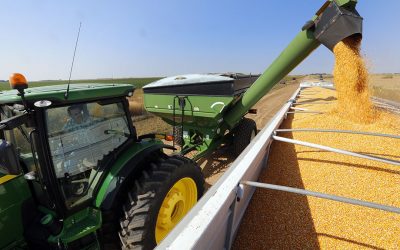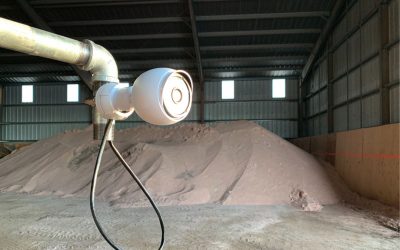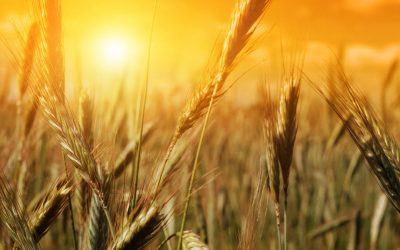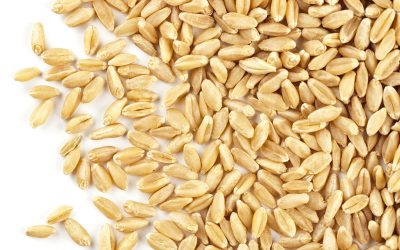More grain in Africa is possible
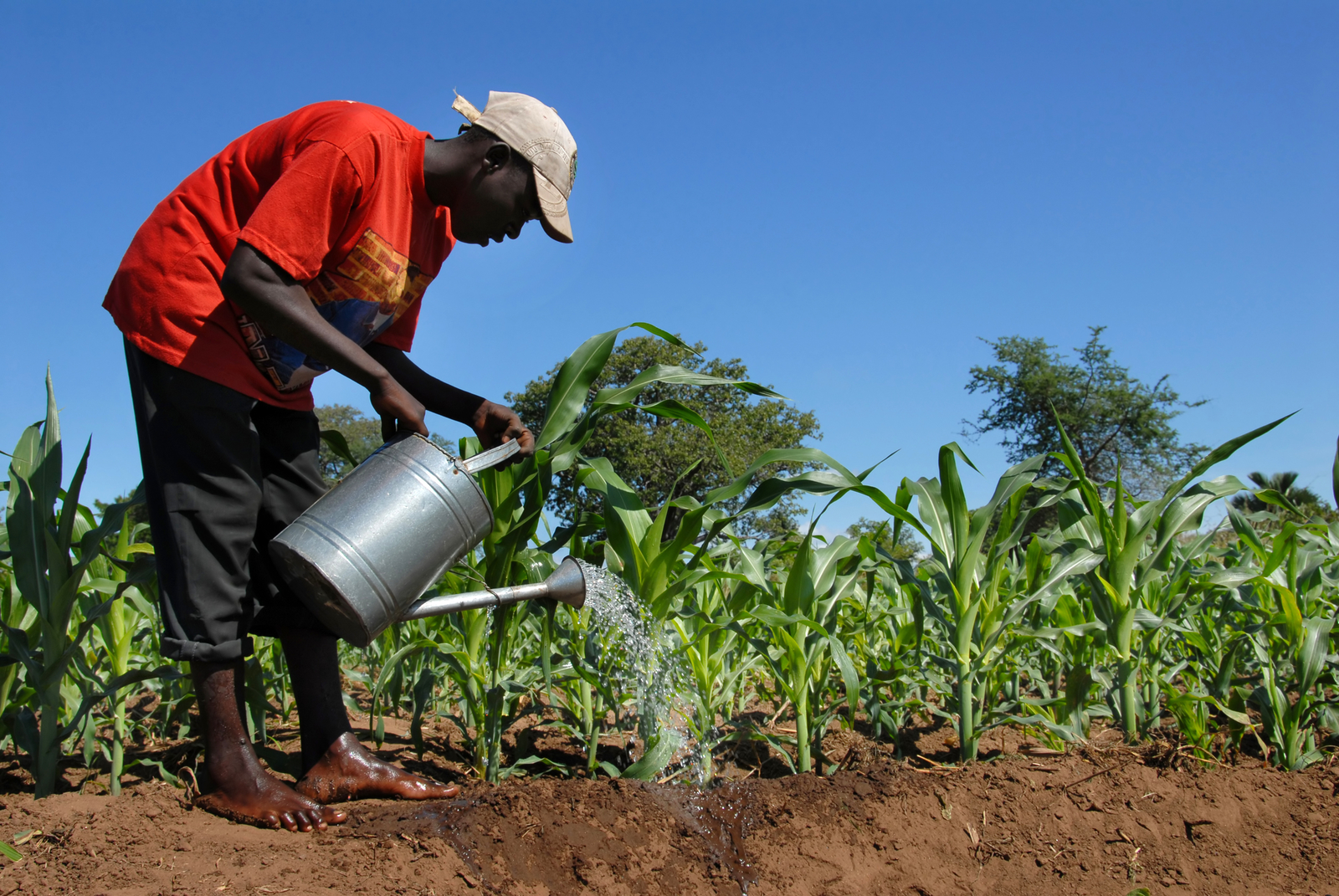
The Global Yield Gap Atlas shows where more grain can be produced and how much the extra yields will be. Researchers from Wageningen University in the Netherlands applied this tool for Africa.
Global Yield Gap Atlas (GYGA) is an international project, requiring collaboration among agronomists with knowledge of production systems, soils, and climate governing crop performance in their countries. The target of the GYGA is to provide best available estimates of the exploitable yield gap. Wageningen University is one of the partners and currently looked at the African situation. The population of Africa is growing exponentially. If the grain yield per hectare does not increase within the next few decades, there will be no more land available and food shortages will be unavoidable.
Results could be tripled
With the GYGA, an atlas was made of the current yields and compared them with the maximum possible yields. It was shown that the actual yields are often just a quarter of what is feasible, but these results could be tripled with the right management and fertilisation strategy. African and international policy-makers could use this knowledge to guarantee future food supplies.
[Source: WUR]




